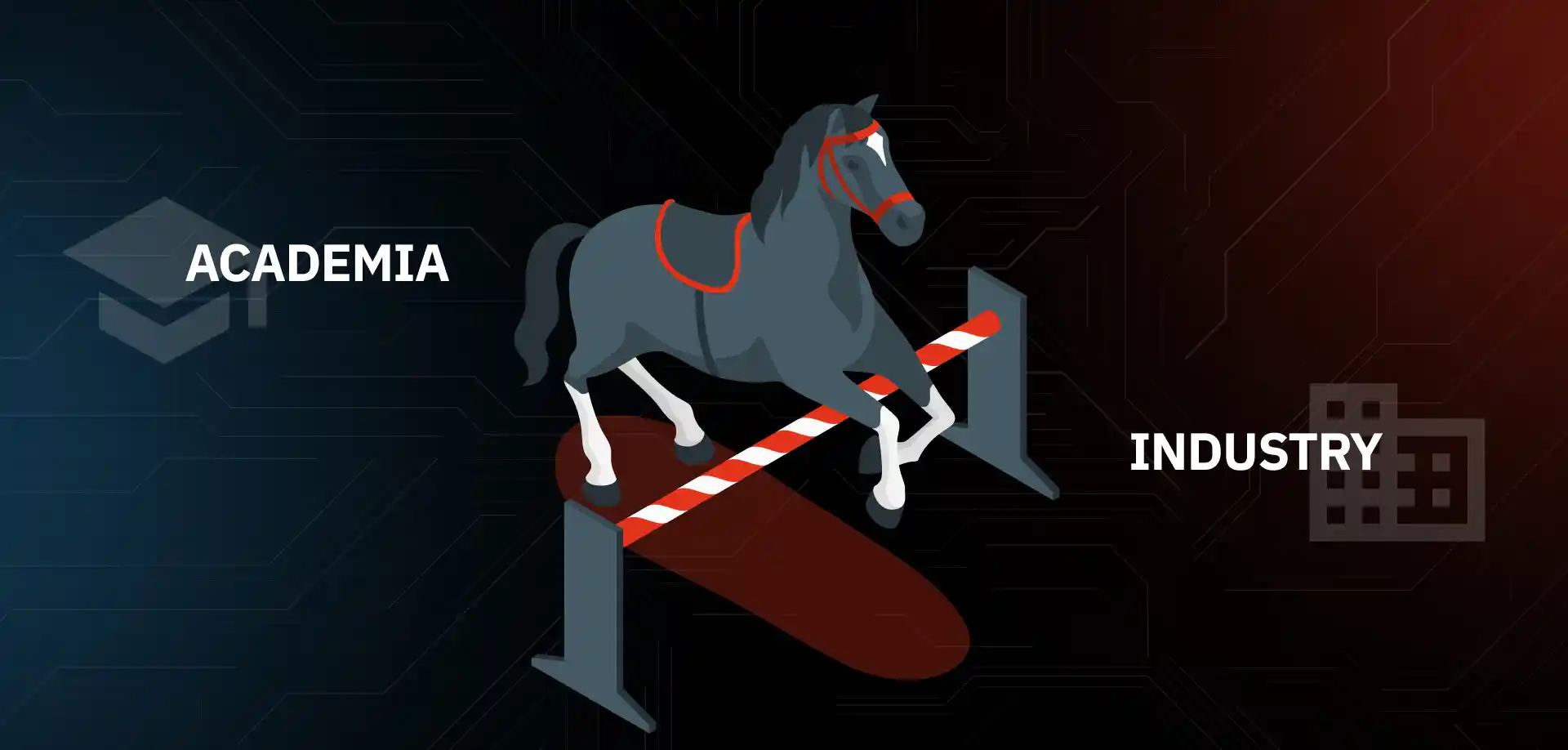From Academia to Industry: Lessons from SHAKTI
SHAKTI is a project I hold dear, having been there from its inception. But as with any journey from the lab to the market, there are some interesting challenges we encountered. I’d like to share these constructive insights, as valuable lessons that have shaped our approach at InCore.
Open-Source in a Commercial World
SHAKTI’s open-source nature was its strength in academia, fostering collaboration and innovation. However, in the commercial realm, we found that businesses often seek more structured support and clear roadmaps. It’s like the difference between a community garden and a commercial farm – both grow vegetables, but they operate on very different scales and with different goals. At InCore, we did make our initial set of offerings open source as well – but this was more to serve the marketing function of the company. Unless you can find that 1 or 2 large commercial customers truly placing their bets on Open Source, a lot of the open-source feedback is going to be academic in nature, bearing little or no fruit for the industry.
Uncertain long-term roadmap
Any large end-customer will never be placing its bet on a single core for their products. They will typically need to see a roadmap of the processor evolution and how it matches their internal product roadmap. Academic projects may not have a clear, commercially oriented roadmap, making it difficult for businesses to plan future product development. While SHAKTI has the E-Class and C-Class cores targeting discrete embedded solutions, I strongly feel having the I-Class available and sampling soon with the community will improve adoption and perception of the SHAKTI project.
The Verification Voyage
In academia, we verify our designs to prove concepts. In industry, verification is a whole different ball game. It’s like the difference between checking your homework and undergoing a full audit. We realized that to meet commercial standards, we needed to significantly ramp up our verification processes. Last year (2023), InCore placed its bet on eUVM to build a robust, automated and scalable processor verification environment. eUVM is atleast 5-10x faster than the best SVUVM infrastructures out there (beats Python based UVM any day). InCore has also built several open and closed source python-based tools to generate random/directed stimulus as well as tools to manage the entire verification process.
Keeping Pace with RISC-V
RISC-V is an ever-evolving standard, and keeping up with it is a full-time job. Today there are more than 45+ ratified extensions providing 900+ different instruction options. While SHAKTI was groundbreaking, maintaining alignment with the latest ISA extensions and optimizations proved challenging within an academic setting. It’s a bit like trying to update a textbook in real-time – exciting, but extremely demanding! The addition of an extension to a processor pipeline is a very intricate process which needs to be motivated by strong market traction, workload awareness, PPA overheads, etc. – things that only a marketing/sales team or an end-customer can bring to the table. Today, InCore provides access to ~50% of the latest ISA on the Azurite Processor, only because the remaining portions of the ISA are not relevant to the markets that the Azurite Series caters to. At the same time, we will be providing support to ~80% of the ISA on our calcite cores.
The Performance Push
In the commercial world, performance isn’t just about meeting benchmarks; it’s about exceeding them consistently. We found that achieving and maintaining competitive performance required resources and focus that were hard to sustain in an academic project. This is something that I often refer to as the “last level optimization” – this is just pure engineering at its best trying to squeeze out every last opportunity of enhancement from the design. This level of discipline is not possible within an academic setting like SHAKTI where a large portion of the working force is built and motivated by cutting edge research.
The Documentation Dilemma
In academia, we document to explain. In industry, documentation is a critical tool for implementation and support. Bridging this gap requires a significant shift in approach and resources. Even at InCore, Documentation is always a work-in-progress activity which is primarily prompted by valid customer feedback and pain points. At SHAKTI, I remember a lot of the usage feedback was prompted by other academics or strategic sector usage – which has minimally contributed to its documentation.
Intellectual Property Concerns
Open-source projects are fantastic for innovation and collaboration, but they can create some headaches in the commercial world. When you’re dealing with open-source code, it can be tricky to determine who owns what. There’s also the risk of inadvertently infringing on someone else’s patent. Companies need to be extra careful and often require legal expertise to navigate these waters. It’s a bit like trying to figure out who brought what to a potluck dinner, but with much higher stakes!
Ecosystem Limitations
The tooling, software, and support ecosystem around academic projects may not be as mature or comprehensive as those for commercial offerings. InCore strives hard to keep all collaterals around the core in-sync and updated to the latest standards and expectations. While the Academic workforce is typically heavy with individual contributors, what is almost always missing is a Project Manager, who can foresee the ripples of each individual contribution and have the wisdom to re-align/adopt these contributions in an organic manner – thereby leading to a much stable project state. As SHAKTI stands today, there are areas that would need attention for commercial adoption. For instance, support for the latest RISC-V ISA extensions, advanced power management, and comprehensive security features are all areas ripe for development. Documentation and tool integration are other areas where commercial requirements set a high bar.

Cut to InCore and the way forward
The insights presented above aren’t unique to SHAKTI; they’re common to many projects transitioning from academia to industry. They highlight the different, yet complementary, roles of academic research and commercial development. SHAKTI provided an invaluable starting point, and these learnings have been crucial in shaping InCore’s approach. Limitations become opportunities and exciting challenges to beat, and this is what drives us at InCore.
While in this post I’ve covered the qualitative comparison between academic and commercial efforts, in the next one, I will dive into a quantitative comparison of the two efforts while also introducing InCore’s mission, vision and differentiators.
Catch you on the next one,
Neel 👾




